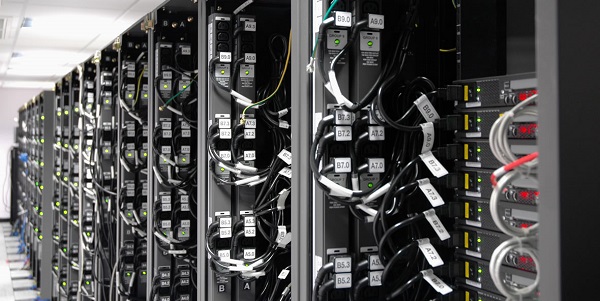
January 22, 2018, by Raphael Velt
Our approach to delivering Research Data Management services
As part of a broader Digital Research Environment Strategy which the University’s Information Services are delivering – a strategy described in our envisioning video – we have started working on creating new Research Data Management (RDM) services.
There are multiple reasons for us to commission new RDM capabilities:
- First, it’s part of the normal life cycle of IT. We have to keep up with new developments in storage technology, decreasing costs per storage unit, increasing performance and novel security measures.
- We also have to keep up with developments in terms of research equipment and methods. The newest techniques – for example, in microscopy or in genome sequencing – can generate multiple terabytes in a single day from a single piece of lab equipment.
- The regulatory environment is changing as well, with the General Data Protection Regulation (GDPR) inviting us to consider privacy by design on one side. On the other side, there a greater push for giving broader Open Access (OA) to research data. Beyond promoting OA, funders have also raised the bar in terms of asking for data management plans.
- We want to better match IT costs to research awards, which means we’ll work to provide the ability to write data management costs in research bids.
- The new RDM capabilities will make things easier: we want to facilitate collaborating on data internally and externally; the process of moving data from capture to processing and then to sharing data will be streamlined.
- Finally, we want RDM to be a service that researchers can easily access and find guidance on.
Research Data is incredibly diverse, either in terms of file sizes and types, data throughput, sharing, processing and analysis needs. Requirements in terms of security, privacy, commercial confidentiality, sharing agreements and regulatory compliance are often very complex. This means a ‘one size fits all’ approach won’t be possible, and there will be multiple tiers of data storage. Some tiers will be best for short-term storage, others to long-term archiving and preservation. Part of the data will be on premises, and part will be externally hosted (a.k.a. cloud storage).
Changing RDM services means that researchers’ working practices may have to change as well to make the best use of these services. We want to make sure that both changes happen at the same time and inform each other. We will also likely discover discrepancies between what storage solutions can deliver and what researchers need. For example, colleagues have realised that EndNote, the reference management software the University uses, doesn’t work well with cloud storage solutions such as Box or OneDrive.
These considerations led us to choose Agile methods to deliver RDM. Agile methods are methods that embrace the fact that things – researchers’ needs, technology features, external constraints – will change over the course of the project and that stakeholders have to learn things as they go along. A later blog post explains these methodologies in greater detail.
Following the Agile philosophy, we will test things early, often, and in real world contexts. This will help us validate whether technologies fit researchers’ requirements before we roll them out. If you, as a researcher, want to be part of these early testing groups (and are happy with the fact that, at that stage, things may break), please contact Raphaël Velt at Raphael.Velt@Nottingham.ac.uk
No comments yet, fill out a comment to be the first

Leave a Reply